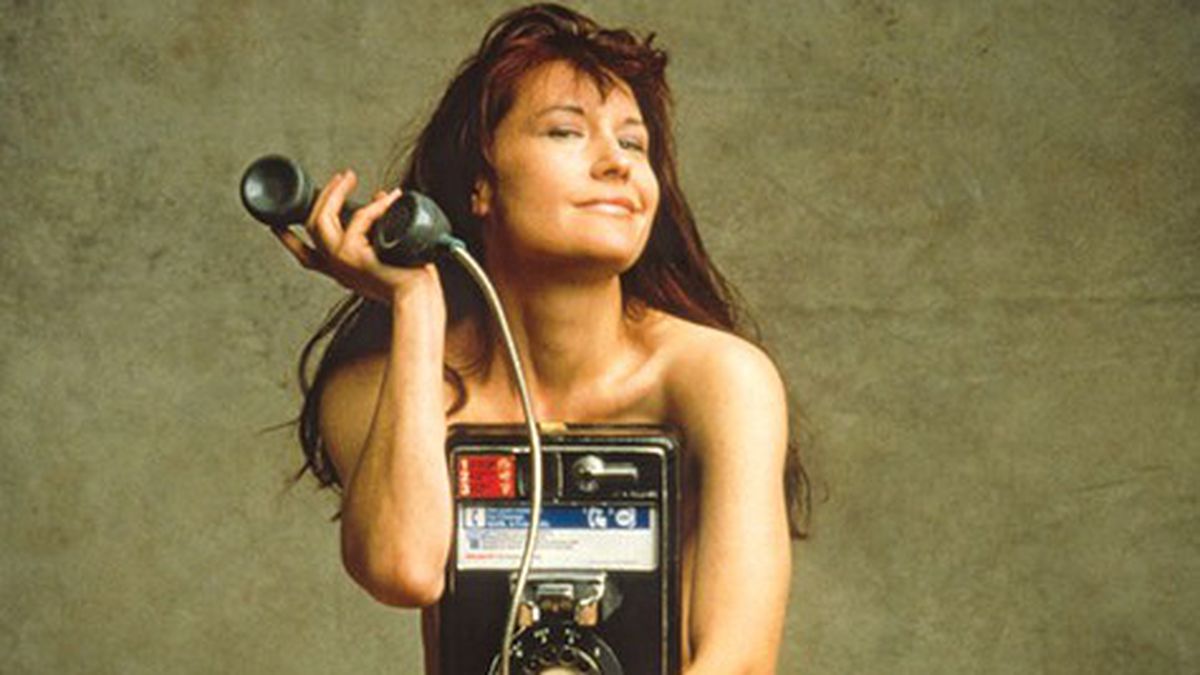First off, it’s important to applaud Public Works: Artists’ Interventions 1970s–Now for being an all-female show that’s not about being an all-female show. The fact that gender isn’t mentioned in the title of the exhibition (and only once, casually, in the show’s official statement) is a subtle-yet-clear kick in the crotch of the status quo, and the force of its simple matter-of-factness rings throughout the exhibition. Guest curated for the Mills College Art Museum by Christian L. Frock and Tanya Zimbardo, the show actually has little to do with being a woman — except in the intersectional ways that everything women do has to do with being a woman, of course. Rather, Public Works is about the dynamics of manipulating and reclaiming public space through art, exposing its invisible social framework.
Public Works is most captivating when highlighting works that engage others —thus becoming public in terms of authorship and not just setting — opening the door for a multiplicity of outcomes. Among these is a forty-minute video documenting Tania Bruguera’s participatory performance Tatlin’s Whisper #6, which took place at the 2009 Havana Biennial. For the piece, Bruguera set up a podium and mic in front of a stately backdrop, then invited audience members to step up to enjoy one minute of uncensored speech while flanked by faux military guards who place real white doves on their shoulders. She also passed out two hundred flash disposable cameras and asked the crowd to continually snap shots as each member of the public briefly became a Fidel Castro-esque figure with echo-y, amplified speech that sounded authoritative no matter the content. Most of the sentiments expressed were political critiques that are normally denied a platform in Cuba.
Another memorable piece is Laurie Jo Reynolds’ ongoing project in collaboration with Jeanine Oleson and Jean Casella of Solitary Watch in which they solicited photo requests from prisoners in solitary confinement in Tamms Correctional Center — a notorious supermax prison in southern Illinois. Reynolds worked with former inmates, their families, artists, and activists, to form Tamms Year Ten, a grassroots initiative to advocate for the closure of the decade-old facility — which eventually happened in 2013. She and her collaborators asked men living in solitary confinement for 23 hours a day to fill out forms requesting any photo — real or imaginary — and then had artists render those images. The range of displayed requests and products is a bleak window into the hopeless and deprived psyches of the prisoners: simple photos of the block an inmate used to live on, a photo of a Southern California sunset, a prisoner’s mom with money and a mansion, a photograph of an inmate with wild lions.
Stephanie Syjuco’s 2013 Bedazzle a Tech Bus, which asked Bay Area artists to design skins for San Francisco commuter buses then digitally mocked them up and entered them in an actual competition to decorate a Genentech bus, similarly provided a platform for others to vocalize their perspectives. Meanwhile, Candy Chang presented a riff on nametag stickers that read “I WISH THIS WAS _______,” prompting users to recognize their ability to influence their environment, pushing back on forces such as gentrification with a mere slap of a sticker.
The pieces mentioned above are among those that shine in Public Works, but others with intriguing conceptual foundations fall slightly flat for their lack of striking presentation — an inevitable challenge when recounting ephemeral artworks.
The curation of the works is impressive in scope, but it also resists imposing an overarching interpretation by avoiding the opportunity to lay out a clear argument about what public, socially engaged art achieves. Each piece is presented distinctly, leaving it to the viewer to connect the dots. In doing so, subtly, Public Works challenges the audience to engage on a more attentive level than usual, using interventions by others as a platform to reflect the viewer’s own potential to determine the experience of shared space.

















